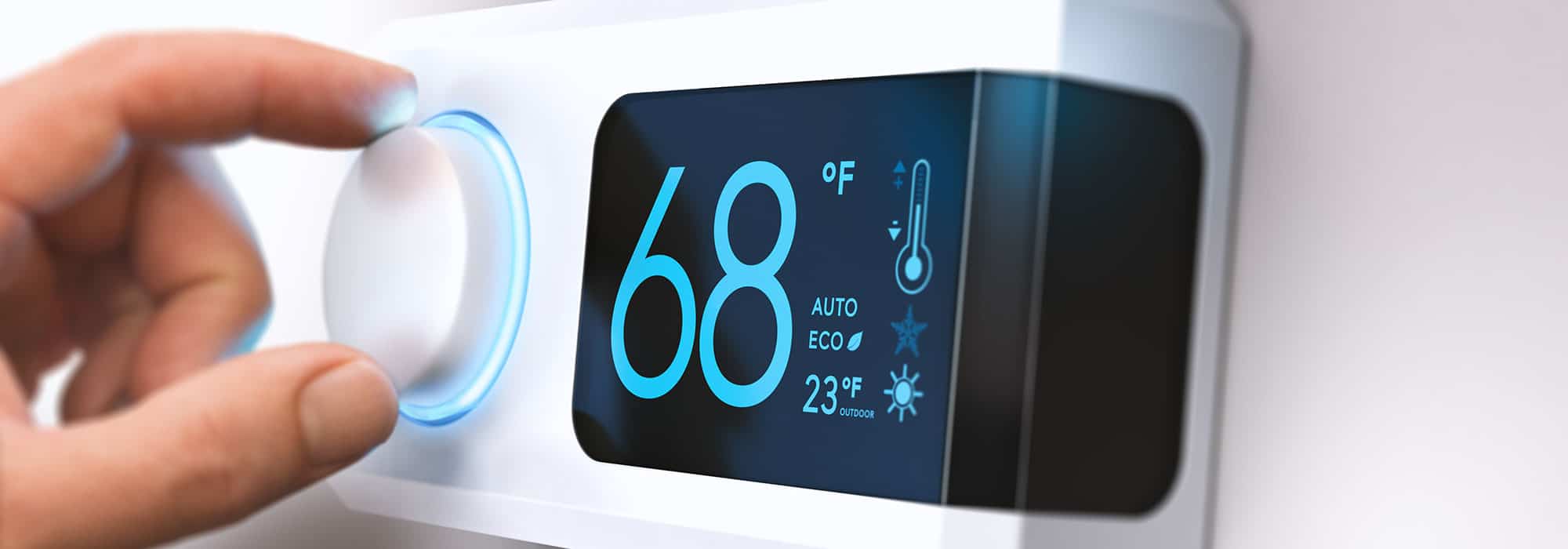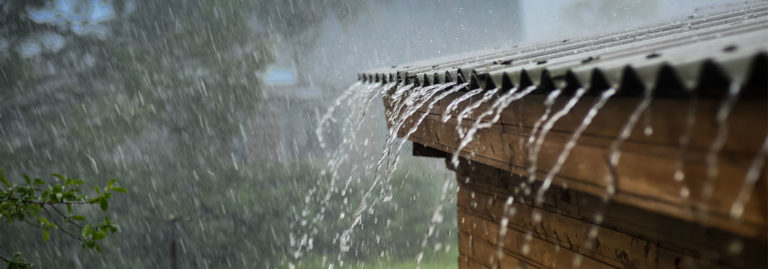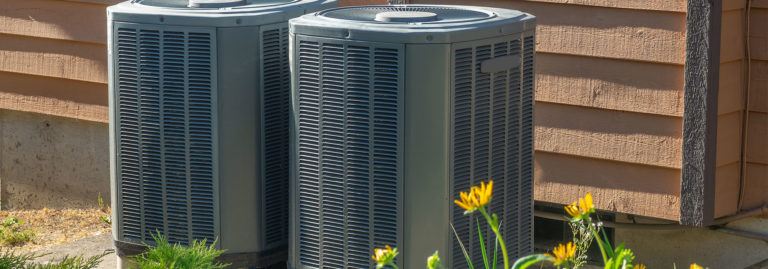What You Need to Know About Swamp Coolers
Let’s talk swamp coolers for a few minutes. If you’ve ever scoured the internet looking for a money-saving cooling option, you may have come across these machines, also known as “evaporative coolers.” Generally, the name alone sounds like they’re the perfect solution for Florida’s summer climate: hot, muggy, and swampy. However, don’t be fooled: despite their name, swamp coolers are not actually the ideal solution for cooling in a swamp, and thus they’re usually not advised for Florida weather.
How Evaporative Cooling Works
Do you know how sweat keeps you cool? The principle is one known as evaporative cooling, which essentially says that air passing over water and causing it to turn into water vapor, a process known as evaporation, is a process that also requires heat, causing the air to become cooler. Evaporative cooling in essence cools the object the water is on and the air around it by simply evaporating the water.
This is the principle that swap coolers work on. At its core, a swamp cooler is a remarkably simple machine, consisting of either a water tank or connection to a water line, a permeable grid, and a fan. The fan blows air over the permeable grid that’s kept moist with water. The air passing over the grid then evaporates the water, making the air cooler as it’s accelerated into the space you wish to cool.
Why Swamp Coolers Don’t Work in Florida
However, air can only hold so much water vapor based on atmospheric pressure and temperature. This airborne water vapor level is called “humidity,” and it’s what gives the air the muggy, sticky feeling that Florida summers are known for. When the air becomes too humid, that means the air is close to or at its limit for how much water vapor it can hold, and thus it can’t actually evaporate any more water. When this is the case, evaporative cooling doesn’t work, which is why a 70 degree day with high humidity can feel hotter than a 100 degree day with dry air.
So, naturally, when the air can’t evaporate any more water, a swamp cooler essentially stops working. The air that’s blown over the damp grid doesn’t evaporate the water, which means it doesn’t cool and you’re stuck dealing with nothing but warm, muggy air that if anything is only getting more and more humid, making you even more uncomfortable.
Central Air Conditioning: The Ideal Choice
Central air conditioning systems are the ideal choice for your home cooling needs. Essentially, these systems function on the opposite principal from evaporative coolers and actually dry the air while cooling it. A central air conditioner essentially passes the air over a ”evaporator coil,” which allows the water vapor in the air to condense into actual water, which then drains away out through a drain system that leads safely outside your home. In these instances, the more water in the air, the better they can actually work. As a result, the air from a central air conditioner is dry and comfortable, allowing you to finally get some relief from the brutal humidity of a Florida summer.
Need Air Conditioning Installation? Talk to your air conditioning repair experts at Airrific Air Conditioning & Heating today! Call (941) 371-3355.







